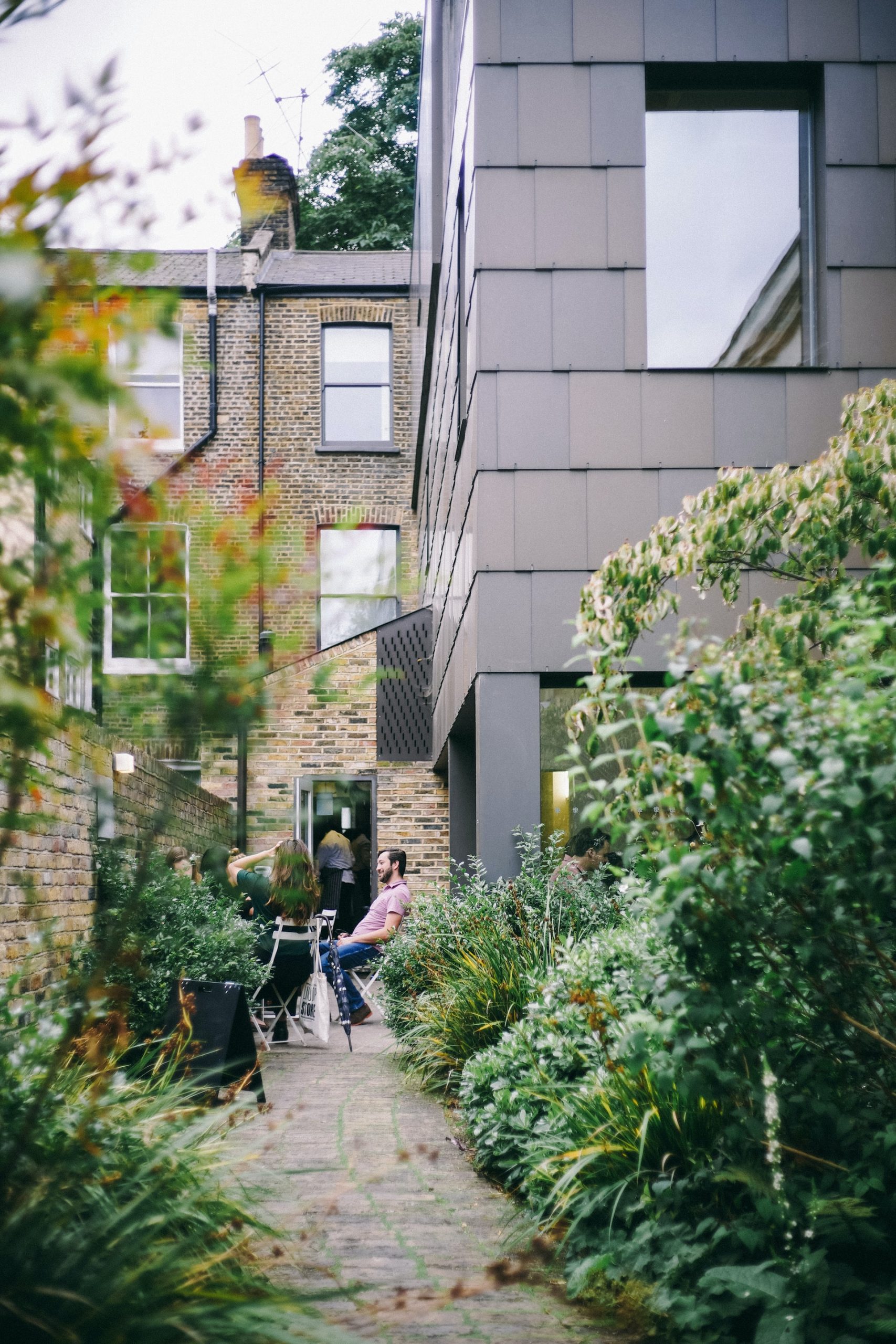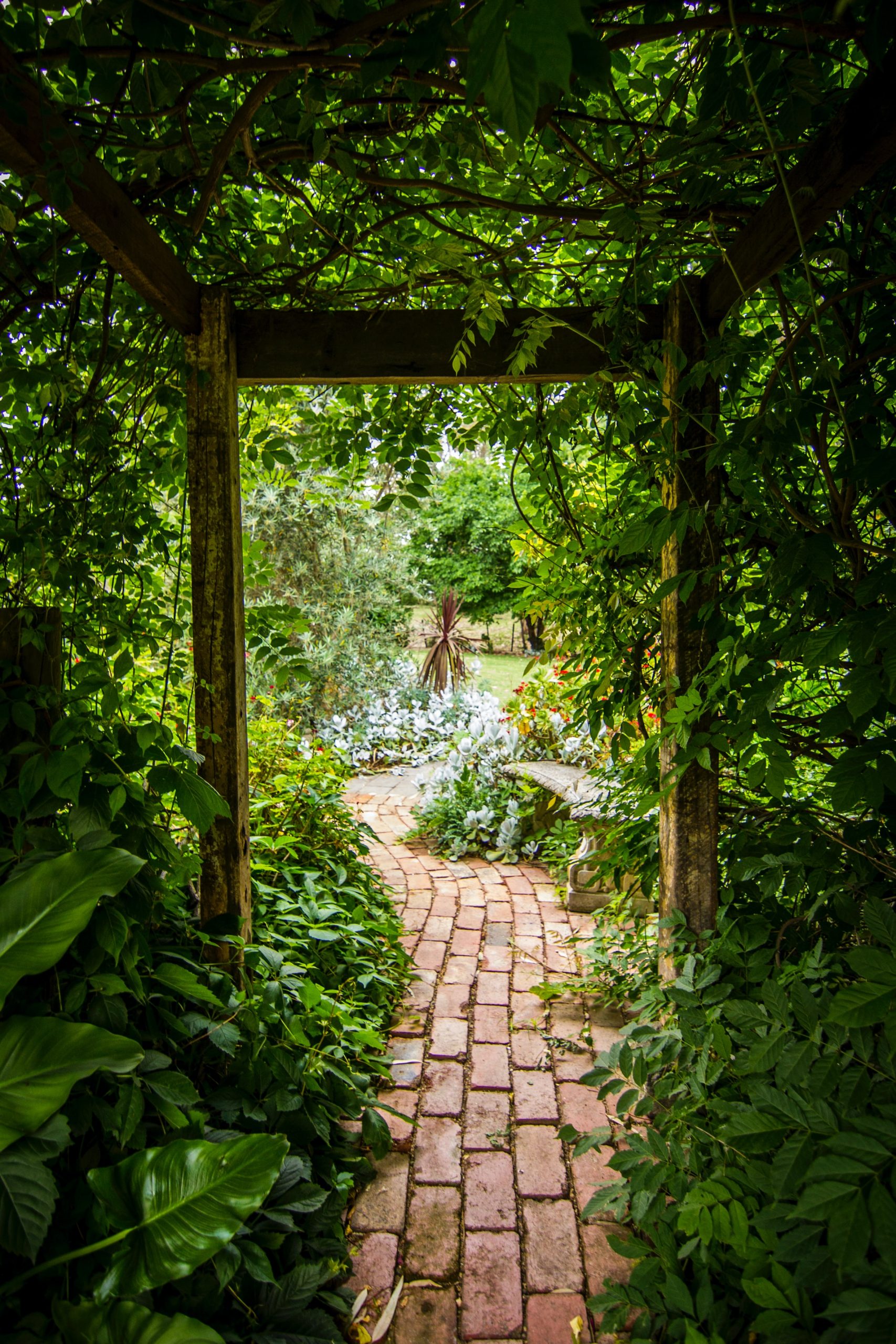Italian gardens have their own history and style. They are a classic type of garden that can be found in the most beautiful buildings, but also in houses. How to design an Italian garden? What plants should be planted in it? Where can you find a good plan for your Italian garden? Here is all the information you need to know about the steps to follow to create an Italian garden.
Italian garden: definition

The Italian garden is one of the great classical gardens. It is included in this category in the same way as the English garden or the French garden. And like them, it is a garden style marked by its heritage and historical aspect. The Italian garden is symmetrical, well laid out and well maintained. It is characterized by terraces and tall plants, which give it the appearance of a work of art. Italian gardens are strongly influenced by the culture of Roman antiquity. The sculptures and fountains they contain are proof of this. The Italian garden is a delicate style of garden that should be designed by landscape architects.
Elements to be found in an Italian garden
The design of the Italian garden is dictated by a multitude of formal rules. A number of elements must be included. These include the terrace that dominates the slope and the top of the garden. A monumental staircase and, if possible, a fountain can be found in the centre. Terrace beds, mineral elements (sculptures, marble, etc.) and Mediterranean plants are also integrated into an Italian garden.
There is also water and a typical Bosco grove. The bosco is an Italian renaissance garden. It is common to find rock caves in the middle of Italian groves. They often contain statues of satyrs and other figures. Many other elements are found in the Italian garden, such as flowers, classical sculptures and others.
Plants suitable for Italian gardens
Plants have a very important place in the Italian garden. The plant that best defines the Italian garden is the Florence cypress. No Italian garden can do without it. Its long, slender line towards the sky was a tribute to the great masters of the renaissance.
As for the other plants to be planted in an Italian garden, the climate must be taken into account. Orange trees, lemon trees, lavender, laurel, cedar and other species that adapt to all types of climate are to be preferred. Flowerbeds should also be planted to add a touch of colour to the garden.
Accessories
Accessories for the Italian garden include gravel for pathways and neo-antique statues. There is also granite, marble or white stone for the terrace and staircase. Pottery, sgraffito decorations, stone benches, pergolas, basins and fountains are also part of the Italian garden accessories.
The steps to create an Italian garden
The first step in creating an Italian garden is to find the ideal site. It should be large, sloping and open up a beautiful landscape. Next, you will need a garden designer to help you draw up a plan for the future Italian garden. This plan should take into account symmetry, framing, perspective, etc. It must also take into account the structure of the garden, the paths, the labyrinth, the hedges, the pergola, and the paths. This plan must be precise. After this phase, the plants to be planted in the garden must be carefully selected. Finally, you will need to contact landscapers to bring your plan to life.
Final thoughts

In short, the Italian garden is a majestic and delicate garden to design. It tells the story of a culture, so its structure and design follow strict rules. Sound off in the comments section below and tell us what you want to read next and if you want to read more about Italian gardens.



